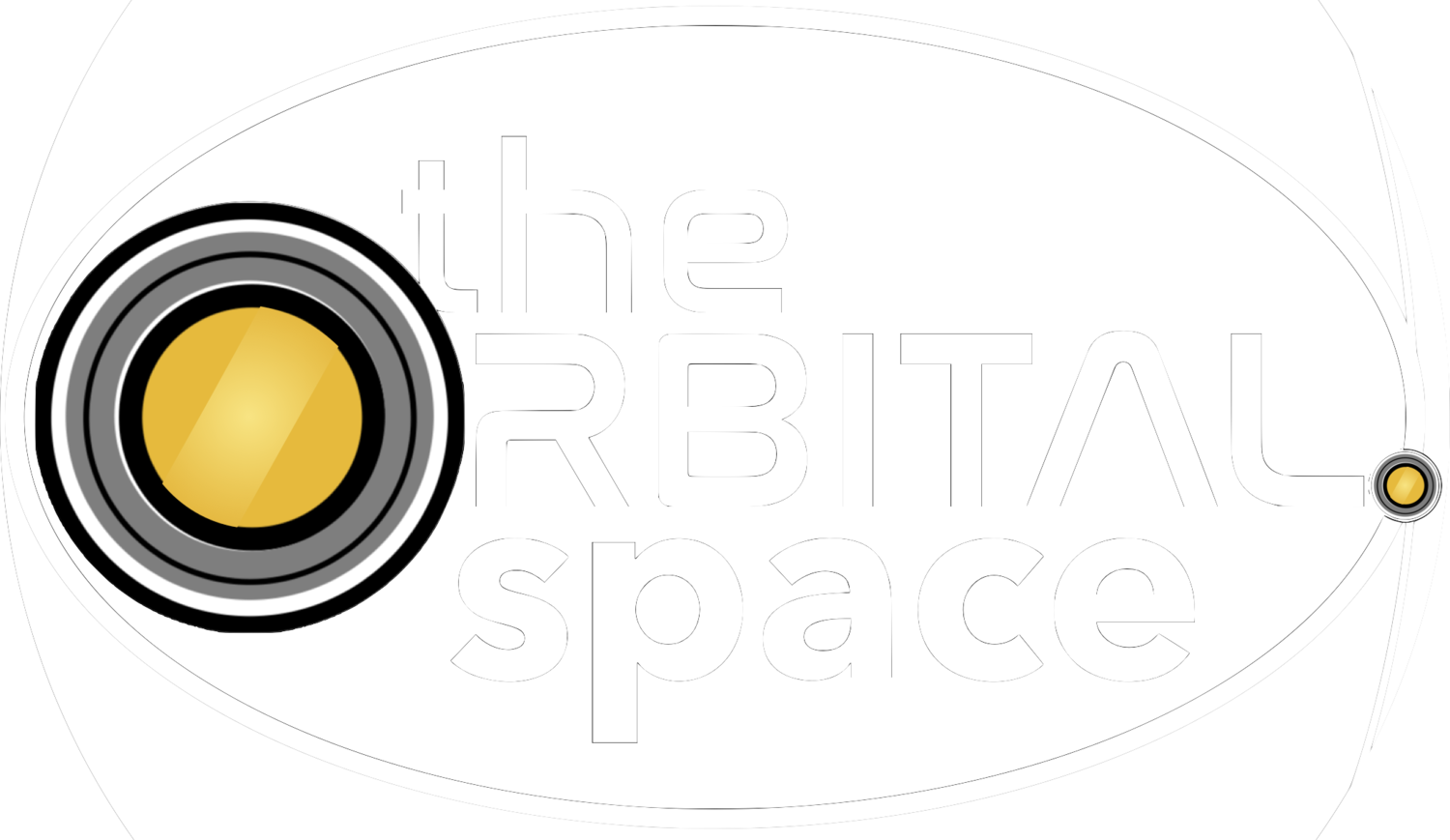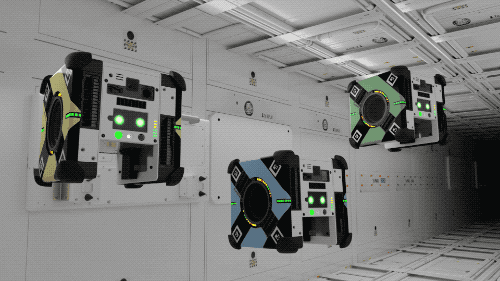Return to Gemini Program overview
Gemini XII
The 18th manned american spaceflight &
the 10th and final manned gemini flight
Buzz Aldrin (L) and Jim Lovell (R) sit in a Gemini capsule prior to their mission. Photo credit: NASA
Commanded by veteran Gemini VII astronaut James "Jim" Lovell, and his co-pilot Edwin "Buzz" Aldrin, Gemini XII brought NASA's pre-Apollo program to a successful conclusion. Prior to Gemini XII, crews had yet to demonstrate an astronaut's ability to effectively work and operate outside a spacecraft during EVA. A critical component of the upcoming Apollo missions, failure to do so would have been detrimental NASA's goal of putting a man on the moon by the end of the 1960s.
Buzz Aldrin trains for his EVAs in the Neutral Buoyancy Simulator pool. Photo credit: NASA
Aldrin's deep sea diving experience transformed how astronauts train for eva
With a doctorate in Astronautics and years of deep sea diving under his belt, Buzz Aldrin devised new methods and protocols to train himself and future astronauts for working in a zero-gravity environment. To simulate the weightlessness of space, Aldrin rehearsed his three EVAs underwater. Adding new handrails and footholds as the mission approached, and adapting tools to best accommodate specific tasks, Aldrin was more prepared for working outside his spacecraft than any astronaut before him.
“Buzz learned not to fight zero-gravity, but to use zero-gravity to his advantage... He had learned to take it easy. He had the proper tools, he had the proper footholds, and we learned a lot about how we could proceed in the future.”
Gemini XII docked with their Agena Target Vehicle (ATV) 4 hours, 8 minutes after liftoff. An anomaly during the ATV's launch altered Gemini XII's mission parameters slightly, and rather than burning the Agena's main engine, the crew utilized to craft's secondary propulsion system to adjust the combined spacecrafts' orbit for optimal viewing of the November 12 total eclipse over South America.
Solar eclipse as seen by the crew of Gemini XII. Photo credit: NASA
Aldrin's first EVA, a stand-up EVA, began about two hours later when the hatch opened at 11:15am ET, November 12. Tasked with mounting a camera to the side of the Gemini spacecraft and collecting a micrometeorite experiment, Aldrin spent nearly two and half hours in the vacuum of space before closing the hatch at 1:44pm ET.
Buzz Aldrin attaches a camera to the outside of the Gemini capsule during his first EVA. Photo credit: NASA
His second EVA occurred the next day, with the Gemini hatch opening at 10:34am ET. Attached to a 9 meter umbilical cord, Aldrin used the newly installed handrails, foot restraints, and tethers to maneuver himself within reach of a work panel near the capsule's docking nose adapter. Once in position, he performed 17 simple tasks, testing the feasibility of different movements and actions in the weightless environment. Moving over to the ATV, Aldrin performed another series of tasks, including the use of a torque wrench, and attached a 30 meter tether between the two docked vessels.
Including scheduled rest periods to prevent the over-exertion experienced by previous spacewalkers, Aldrin's second EVA lasted 2 hours and 6 minutes. Attributing the training conducted in preparation for his mission, Aldrin later divulged a slight feeling of guilt at the simplicity and ease with which he was able to complete his EVA tasks; a good sign for the goals of the impending Apollo missions.
Once back aboard, hatch closed, Aldrin and Lovell began preparations to undock from the Agena. At 3:09pm ET Gemini XII undocked from the ATV and moved to the end of the tether connecting the two vehicles. Recreating the same gravitational experiment conducted on Gemini XI, Aldrin and Lovell were able to record similar gravitational forces, though the tether retained a degree of slack for most of the experiment's duration.
Gemini XII's Agena Target Vehicle, attached via tether during gravitational experiment. Photo credit: NASA
Aldrin's third and final EVA came the morning of November 14. Another standing EVA, the Gemini XII hatch was opened at 9:52am and allowed Aldrin to perform a number of photography experiments as well as the jettison of unused or unnecessary equipment. Aldrin's photography tasks included synoptic terrain photography, synoptic weather photography, airglow horizon photography, and UV astronomical photography; though a camera malfunction prevented the completion of about four additional photography experiments.
A short hour later, Aldrin was back in the Gemini capsule, closing the hatch at 10:47am ET. A few other experiments out of the way, Aldrin and Lovell began preparations for reentry. Igniting their retrofire engines at the end of Gemini XII's 59th orbit on November 15, the capsule's automatic reentry system guided the spacecraft to a splashdown point just 4.8 km away from its target point at 2:21pm ET; bringing an end to the outstandingly successful Gemini XII mission and NASA's Gemini program, and paving the way for Apollo and humanity's first manned missions to the moon.
Gemini XII splashdown. Photo credit: NASA
Buzz Aldrin (L) and Jim Lovell (R) aboard the U.S.S. Wasp after splashing down in the Atlantic Ocean. Photo credit: NASA













